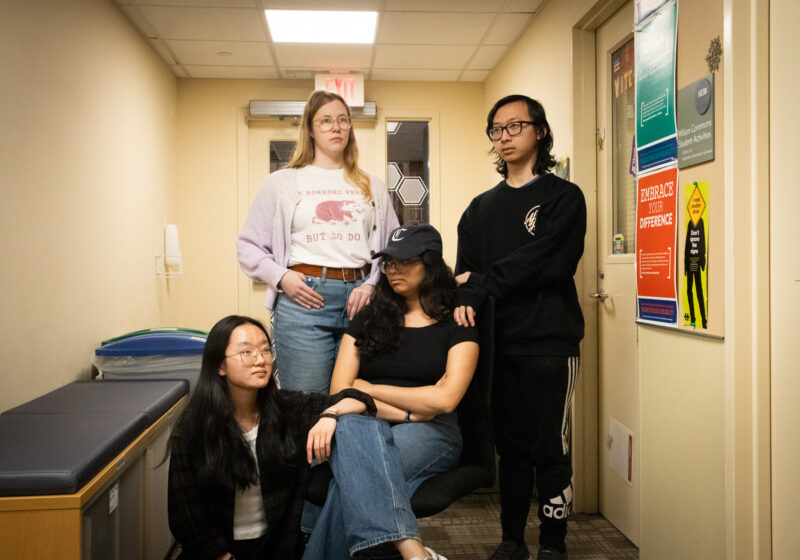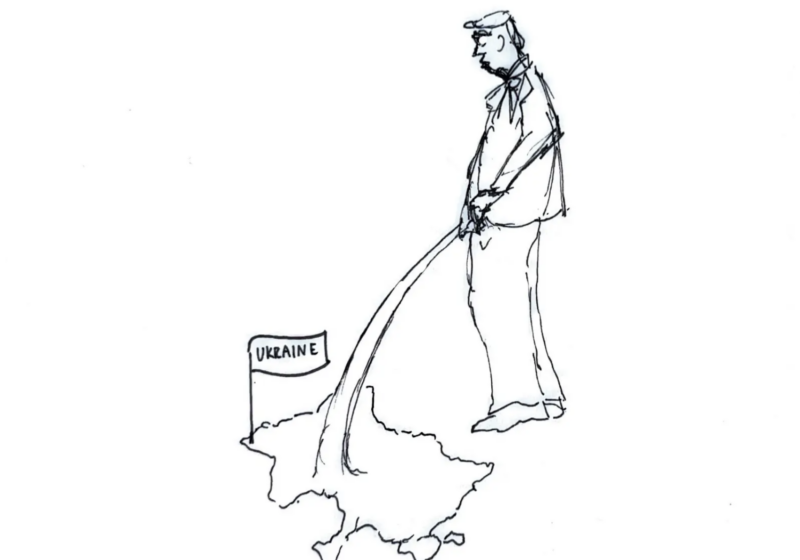Since its World Cup win in 2015, the U.S. Women’s National Soccer team (USWNT) has been vocal about both unequal pay and treatment as compared to the men’s team. Earlier this month, following a dispute that began with five top women’s players filing a complaint with the United States Equal Employment Opportunity Commission, the team reached a deal with the U.S. Soccer Federation. The agreement includes an increase in compensation and travel benefits, as well as support for players who are starting a family.
It’s been a hit with players on UR Women’s Soccer.
“With how much success they have been having as a team, they are very deserving of this,” said sophomore McKenzie Runyan, a midfielder on the team.
Even in a male-dominated sport, the USWNT has managed to overshadow its male counterparts in more ways than one. It would be fair to guess that most Americans would be more likely to be able to name at least some of the players on the women’s roster, but would have a hard time doing so for the men.
Players like Alex Morgan, Carli Lloyd, Hope Solo and pioneers like Mia Hamm and Abby Wambach have put women’s soccer on the radars of even the least committed sports fans. Recently, women’s soccer has become much more popular in the U.S.—it was ranked fourth by Bleacher Report in its list of “Top Ten Olympics Sports to Watch” prior to the Rio Olympic Games this summer, and rightly so.
The women are currently ranked 2nd in the world by FIFA, after dropping a spot on March 24. They have won an Olympic gold medal every year since their first appearance in the games in 1996, except in 2000, where they took home the silver. For the men, who are ranked 23rd, just qualifying for the Olympics is always the goal, let alone medaling in the tournament.
“Based on how accomplished the team has been and what they’ve done to represent female soccer athletes in the U.S. and all over the world, it’s a great feeling to see that they are getting the recognition and rewards they deserve,” Runyan said.
For 2017, total profits for the USWNT are projected to be $5.2 million, while the men’s team is expected to run a $1 million deficit, according to a budget report from the U.S. Soccer Federation. Despite this, men who make the World Cup roster are paid $76,000, and if the team qualifies for the World Cup, they will earn $2.5 million. For women, they would be paid $15,000 and $345,000, respectively, for the same accomplishments.
A second-place finish at the World Cup would be worth $6.25 million for the USNT, and approximately $780,000 for the USWNT. In 2015, it was estimated that the members of the USWNT took home $1.8 million for their World Cup win, while, if their male counterparts had done the same, they would have earned $9.3 million.
“I know a lot of people argue it’s a fact of how much men’s soccer teams make over women’s just in profits from ticket sales and viewers,” Runyan said. “It’s time we see that no matter the gender or ticket sales, they get the same accolades and rewards as male athletes.”
Runyan’s teammate, sophomore midfielder Christina Feller, agreed.
“This is the first step in equality between men’s and women’s soccer and there is a big future ahead,” Feller said. “Even though there is still more work to be done towards total equality in soccer, this is a definitive step to hopefully start the snowball effect for gender equality in all sports.”





